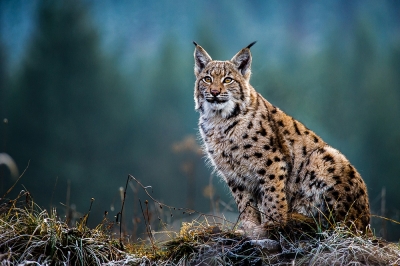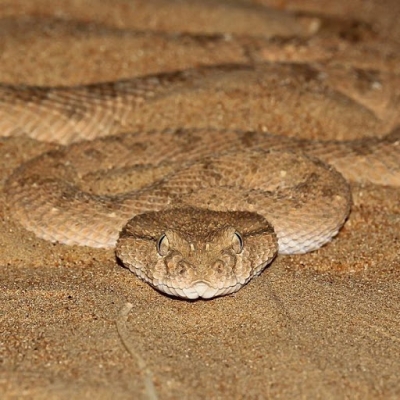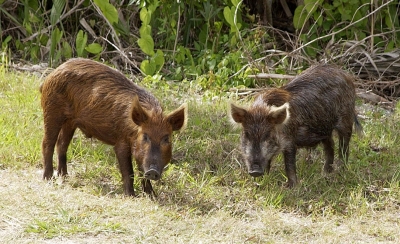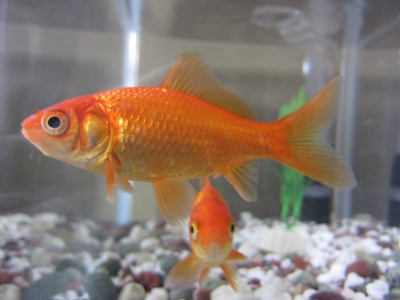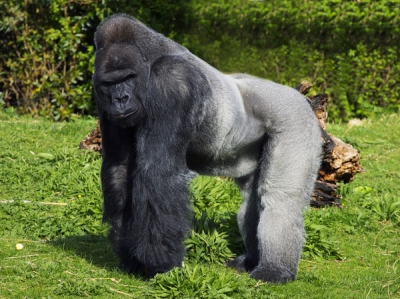
The gorilla lives in the dense forests of equatorial Africa. It is the largest and most powerful of the ape family. The gorilla is extremely strong but it is a unduly disturbed. But other animals are very much afraid of it: few of them will dare to attack a gorilla because they know they would have the worse of the encounter.
A full-grown gorilla stands nearly 2 metres tall, with a massive body and very muscular arms and legs, and can weigh over 200 kilograms. Its jaws jut out and it has a broad, flattened nose and huge beetling eyebrows.
There are two main kinds of gorilla: the lowland gorilla that lives in the rain forests of western Africa, has a dark grey coat; the mountain gorilla which lives in the eastern regions of Zaire-Uganda borderland at altitudes of more than 3,000 metres, has black fur, Little is known about the ways of these big apes. This is because gorillas are very shy animals and also because they were first found only during the last century.
Gorillas usually live in groups which include both young and old. They build rough dwellings in trees a few metres above the ground. These dwellings look like platforms made of branches and twigs.
Gorillas do not spend all their lives in the trees. During the day they wander about on the ground looking for food. They feed on leaves, roots and fruit which the forest has in plenty. Gorillas walk in a crouching position, but every so often they stand up straight on their long hind legs.
Picture Credit : Google


